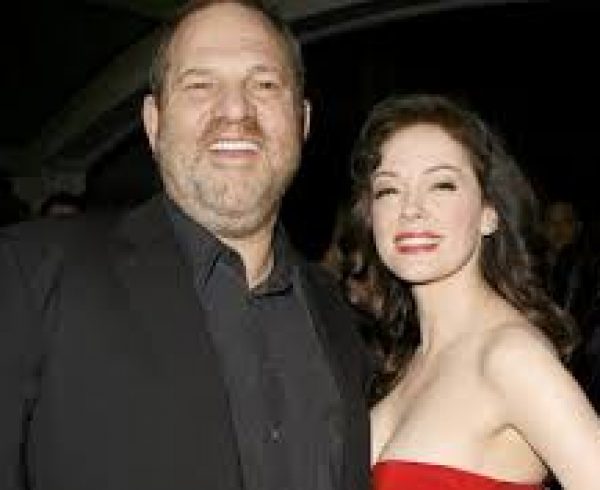Trump is controversial. Trump’s Tweets are even more so—both to his supporters and his detractors. Perhaps we have been looking at them in the wrong way! Is there a method to his madness?
Berkeley cognitive scientist George Lakoff is an expert on linguistic framing. Everyone thinks first in frames. If the facts don’t fit the frame, the facts bounce off and the frame remains. So in this sense, frames rule.
Lakoff argues that Donald Trump’s Tweets are an exercise in framing and are not to be parsed as a series of factual propositions. They are tactical rather than substantive. Because the news media is addicted to ‘Breaking News’ and has a high proclivity for left-brain propositional thinking, media companies rush to report extensively on Trump’s latest Tweet… playing directly into his hand. Media outlets inadvertently shift the focus off the substance under debate and on to the frame of Trump’s choosing in his latest tweet. The media may well serve as co-conspirators of Trump’s reframing and serve as amplifiers of his preferred perspective. Trump’s approach may be subversive, but it is also genius. While there may be some substance in some of his Tweets, their main focus is to establish the frame rather than deliver the facts.
Lakoff has identified four kinds of Trump tweets.
- Preemptive Framing – be the first to frame an idea, establish an early frame and the facts will be hereafter seen only through that frame. Here is an example from January 7, 2017: “Only reason the hacking of the poorly defended DNC is discussed is that the loss by the Dems was so big that they are totally embarrassed!” Trump’s goal was to establish that the DNC was at fault for the hacking—undefended, sloppy handling of classified information, deleted emails, questionable IT consultants and the like.
- Diversion – divert attention from the real issues to in effect force a public change of subject. This is how he changes the narrative of the news cycle. His early morning Tweets are designed to frame the day’s media discussion. Here is an example from January 9, 2017: “Meryl Streep, one of the most over-rated actresses in Hollywood, doesn’t know me but attacked last night at the Golden Globes.” Here Trump is making Streep’s comments at a TV award ceremony the night before the talked about news instead of the then pressing stories about the Russian hacking.
- Deflection – attack the messenger, change direction. This is done frequently against the media by calling this or that story “fake news.” Media information is suspect; the Trump administration is the source of truth. Here’s an example from January 11, 2017: “Intelligence agencies should never have allowed this fake news to leak into the public. One last shot at me. Are we living in Nazi Germany?” Here again he puts rhetorical blood in the water directly suggesting a parallel between the intelligence agencies and Nazi Germany. And the media sharks pounced. Everyone took the bait, as was his plan. It’s not an argument of fact, but an exercise in framing.
- Trial Balloon – test the public reaction. Recently the media has been going crazy over Trump’s Tweet that his “button” is bigger than Kim Jong-un. Dr. Freud has been immediately called to the public square. But again, this is to misread the purpose of these Tweets. Here is an example of a Trial Balloon from December 22, 2017: “The United States must greatly strengthen and expand its nuclear capability until such time as the world comes to its senses regarding nukes.” This is not an ethical discussion of just war theory. Rather he is framing the controversy with North Korea and testing the public reaction to nuclear arms escalation.
Lakoff also notes that embracing or attacking the frame has the same result of strengthening the frame. Confrontational argument or the piling on of alternative facts does not shift frames. This left-brain strategy is a non-starter. Rather frames shift when we engage the imagination, tell a better story, or use creative indirection. Poet Emily Dickinson put it this way:
“Tell all the Truth but tell it slant —
Success in Circuit lies
Too bright for our infirm Delight
The Truth’s superb surprise.”
We are to tell the whole truth, but not directly. She explains this in her second line, “Success in Circuit lies.” We are to tell the truth in a round about manner and she inverts the syntax of this line to demonstrate what she means.
How we process truth is infirmed, weak, and unreliable. It is associated with our desires, what Dickinson refers to as “delights”—we are not thinkers first, but lovers first. We come to understand that which we love. Desire precedes thinking and therefore our apprehension of the brightness of Truth is impeded by our “infirm Delight.”
Finally, finding truth is more like an ah-ha moment, a surprise, an unexpected self-discovery, than the relentless inevitable logic of a syllogism. Dickinson is talking about embodied truth seeking, how flesh and blood people actually go about it day-to-day. This is not elite epistemology, but practical everyday epistemology. This is how actual people come to their conclusions.
It seems that Trump is a step ahead of the mainstream media. Trump has been chided for his seeming disregard of facts. But as Lakoff a well-known Democratic strategist has shown, Trump is in the framing business. And as we have seen, frames rule.
Marcel Proust states: “The real voyage of discovery lies not in finding new lands, but in seeing with new eyes.” If the substantive debates are reframed, we will see them with new eyes. This is the mission of Trump’s tweets.













